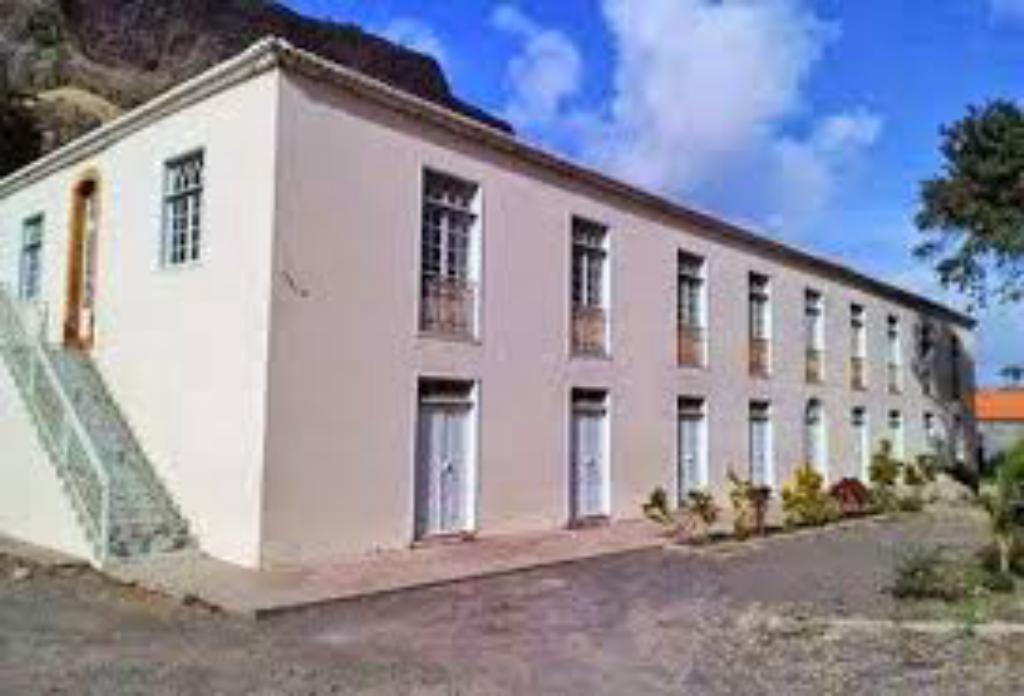Africa-Press – Cape verde. The former seminary and high school of São Nicolau, which welcomed deportees from Madeira and was the equivalent of the first secondary school in Cape Verde, is 159 years old and needs renovation to preserve its history
“Currently, the building houses the priests who work in the parishes of the municipality of Ribeira Brava. It also operates on Sundays with catechism and, during the week, there is educational support. Some improvements have already been made to the fence, but it requires a major intervention”, explained to Lusa Father Hernany Dias, parish priest of the Parish of Nossa Senhora do Rosário and Lapa, on the island of São Nicolau, one of those responsible for the space.
The building has ancient roots: from 1866 until the 1917/1918 school year, it operated as the first high school in Cape Verde.
Later, secondary education was transferred to the neighboring island of São Vicente, but the building maintained educational functions in São Nicolau until 1931, as a higher primary school and an educational institute.
It was in 1931 that the building assumed one of its most notable functions: housing those deported from the Madeira revolt in Portugal, also becoming a symbol of repression and a landmark in colonial history.
Without direct support from the State, maintenance has been carried out “as possible”, in a joint effort by the three priests who live there.
“Some improvements are still needed, such as painting certain areas and perhaps renovating some of the interior furniture. These are the most urgent needs at the moment,” said Hernany Dias.
For the parish priest, only with the involvement of everyone — public, private, religious entities and civil society — will it be possible to guarantee the preservation of a heritage that tells a piece of the country’s history.
“The educational legacy is still present. We work on academic support and Christian education, but we feel that much more could be done if there were better conditions. Tourists pass by and ask about the history of the building,” he reported.
Despite its historical value, visits to the interior are currently limited as it functions as a priestly residence.
However, the exterior continues to arouse the curiosity of tourist guides and scholars of local history.
The main difficulty for preservation is financial, he highlighted.
“These historic buildings require ongoing resources for their maintenance. And, often, the costs exceed local capacities, due to the size of the space. The building has a multipurpose space, a chapel, a hall. All of this involves costs. Community synergies are needed — whether public, private or religious — so that everyone contributes what they can to value this history, which belongs to everyone,” he said.
For Hernany Dias, it is urgent to open channels of dialogue and reach consensus on the future of space.
“History needs to be preserved. We need to feel that this heritage is ours. Only then will we be able to take care of it,” he urged, also suggesting the creation of a museum center that tells the story of the building and opens it to the public.
For decades, the space was considered a true “intellectual hotbed” of Cape Verde. Names linked to music, art and culture have passed through there.
Between the school years of 1866/1867 and 1917/1918, according to official data, around 3,500 students enrolled in the São Nicolau seminary and high school, including students from Guinea-Bissau, São Tomé and Príncipe, Angola and even Mozambique — which, for the current caretaker of the space, demonstrates its importance, not only for the archipelago, but for the entire African continent.
For about a year and a half, until the end of 1932, the seminary and concentration camp in the neighboring municipality of Tarrafal de São Nicolau functioned as a prison for those deported from Madeira.
The Cultural Heritage Institute (IPC) considers that Ribeira Brava, the first location to be classified as a national historic center, “still retains traces of the past, with narrow streets, old houses and emblematic buildings that bear witness to the cultural, religious and academic life that flourished there, among which the old high school seminary stands out, considered a beacon of 19th century culture”, on a journey that would lead to the independence of the former Portuguese colony in 1975.
For More News And Analysis About Cape verde Follow Africa-Press






